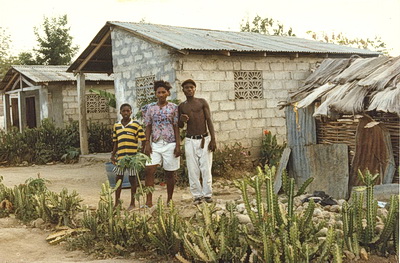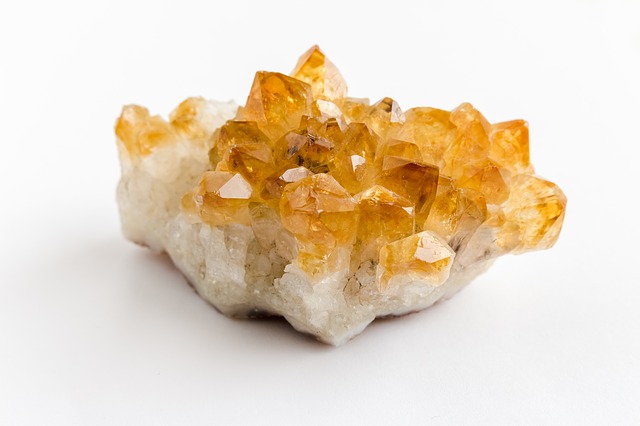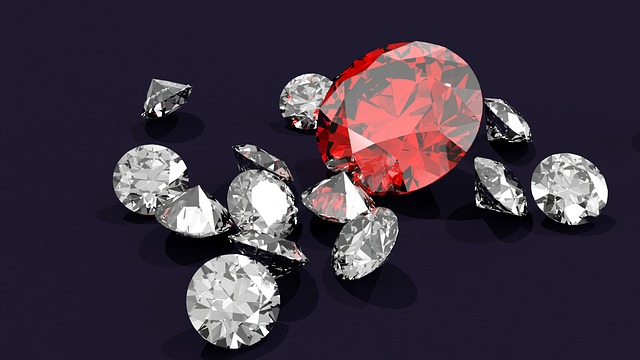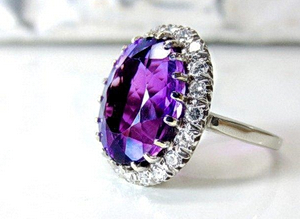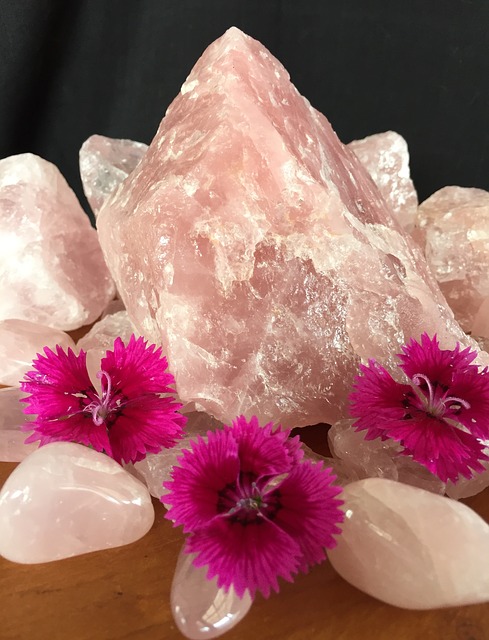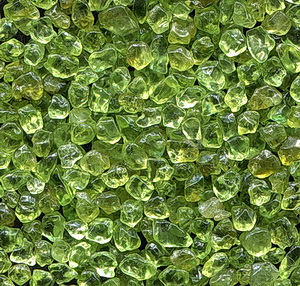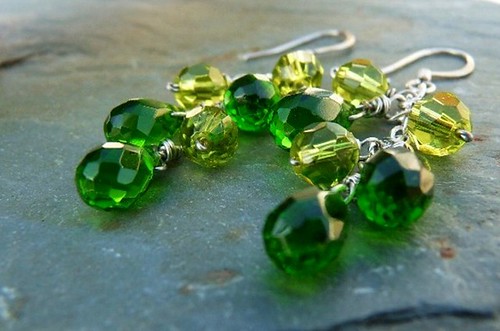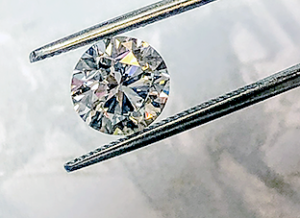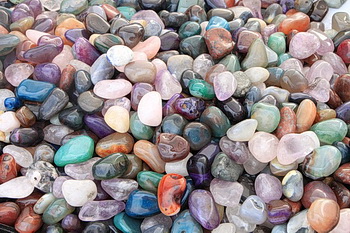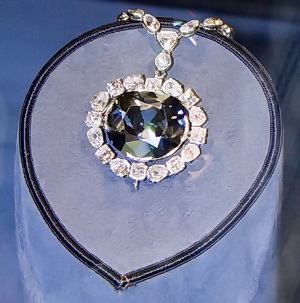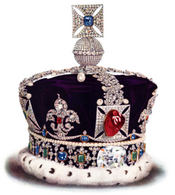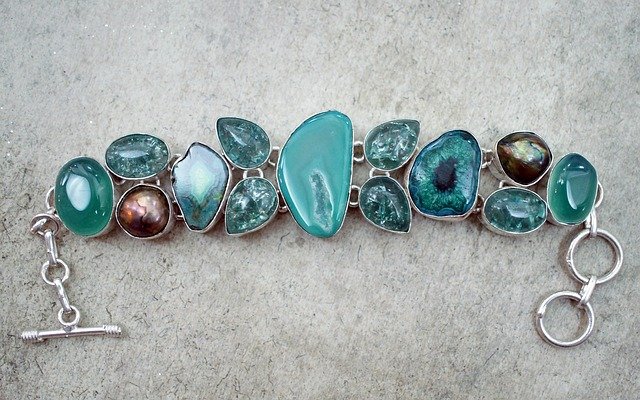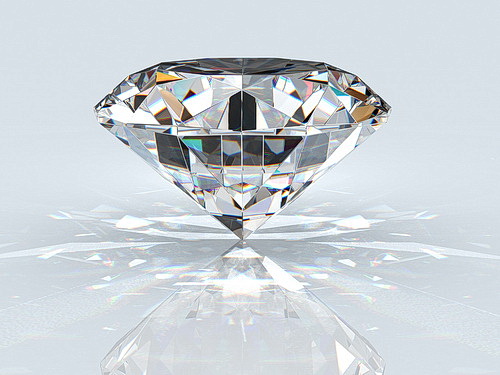
Most people have a general idea about and how diamonds and how they are made are. After all, as the most popular gemstone on the planet, their appearance and value are common knowledge. Those who have purchased diamond jewelry, especially engagement rings, are also quite acquainted with its 4 Cs: cut, color, clarity, and carat. However, despite its popularity, much of the information about this precious gemstone is often misunderstood.
So, if you think you know everything about diamonds, read on for some fascinating new insights into the world of the diamond!
Today, we’re going to debunk some of the most common diamond myths.
Myth #1: All Diamonds are from Natural Resources
Not all diamonds are natural! Lab-made diamonds aren’t synthetic diamonds but are very real.
You may have seen the Superman series where he crushes a piece of coal to form a diamond. These tales of natural diamonds being made through pressurized coal are one of the most common myths surrounding this gem.
The fact is that diamonds are not made of coal. Natural diamonds undergo a system of exceptionally higher pressures and temperatures from coal which are only found deep inside the earth’s mantle). Coal is found much higher up.
Diamond Labs
The issue of finding diamonds is rectified by having them created in a lab. Many companies started making diamonds by creating a high-temperature and high-pressure lab environment. This practice goes back to the 1950s. These labs mimic the conditions of the earth’s mantle, where natural diamond deposits are present, to create similar human-made gems.
Today, almost 800 tons of man-made diamonds are produced yearly, which is about 150 times more than natural diamonds.
Myth #2: Diamonds are the Most Valuable Gemstone
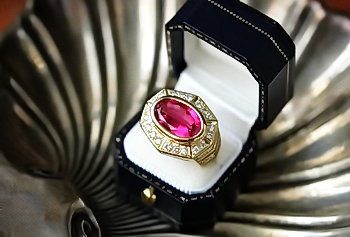 A common misconception is that diamonds are the priciest, most valuable gems on the planet. While it’s true that they are one of the four most precious minerals that command high prices, it isn’t possible to judge specific gem species as the most valuable. There are various factors that come into play to evaluate their value, including its size, quality, color, and rarity. For example, pure red rubies are one of the rarest stones, and so they command much higher prices than diamonds.
A common misconception is that diamonds are the priciest, most valuable gems on the planet. While it’s true that they are one of the four most precious minerals that command high prices, it isn’t possible to judge specific gem species as the most valuable. There are various factors that come into play to evaluate their value, including its size, quality, color, and rarity. For example, pure red rubies are one of the rarest stones, and so they command much higher prices than diamonds.
Myth #3: The Bigger, the Better!
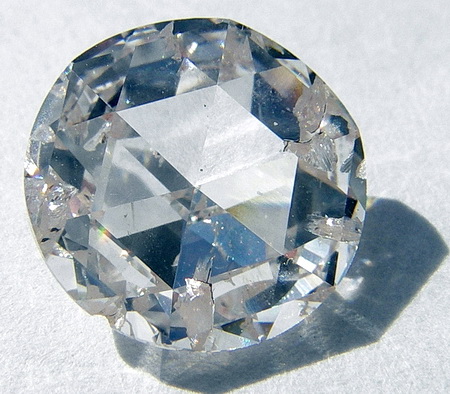
Carats are a unit measure of the weight of a diamond, not its size. A diamond’s size is as your eye sees it, which is largely impacted by the depth of the table-to-pavilion ratio and cut proportions. More importantly, a diamond’s perceived size is impacted by its light performance, which means that the better a diamond catches and reflects light (called fire), the bigger and more attractive it will be perceived to look.
Besides this, compromising on other factors just to buy a huge diamond isn’t going to get you the appearance you’re looking for. The large size of a diamond cannot compensate for its visible inclusions, distorted proportions, and/or poor light performance. So, although size does matter, so does the cut, clarity, color, and rarity of a crystal. Always remember that a huge diamond won’t be more valuable if it has poor clarity and color.
Interesting Note: The speed of light is 186,000 miles per second but it is slowed down when it hits a diamond (or glass) and the more it hits the diamond on an angle, the more it will reflect the light. So the more angels the diamond has, the more light that will be reflected back. This is where the cut of a diamond determines the amount of brilliance and fire the gemstone has. ‘Cut’ is one of the 4Cs that determine a diamond’s value. So the next time you hear how much fire does a diamond have?, you’ll know they are talking about how well the diamond cuts are!
Myth #4: Diamonds Are Indestructible
There’s no doubt about the fact that diamonds are the strongest, most durable gemstone with a rating of 10 on the Mohs hardness scale. However, this doesn’t mean that these gems are indestructible. Diamonds are tough, but rough usage and inappropriate handling can chip and break these gems. For instance, a diamond with a particularly shallow crown is susceptible to damage. This also applies to diamonds with a thin girdle.
Myth #5: All Diamonds are Flawless
There’s no such thing as a flawless natural gemstone. All gemstones, including diamonds, have some type of flaws, which is another factor in the 4Cs – color. The more the flaws, the more the mineral will shy away from a colorless diamond. Natural diamonds usually contain impurities in their carbon crystal, which gives them a yellowish hue as their crystal absorbs light of a specific frequency. You may come across some colorless natural diamonds that have negligible impurities, but they are usually very rare and hence, quite expensive.
Myth #6: Diamond Engagement Rings are an Ancient Marriage Tradition
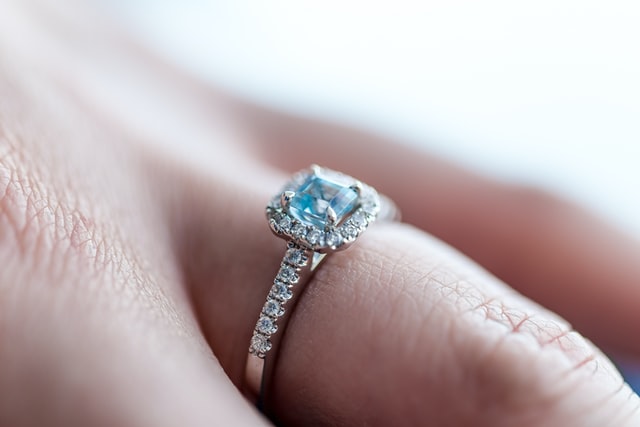
This may be hard to believe, but diamond engagement rings became popular in the 20th century. In fact, rubies and sapphires were the most precious and popular ring gems back in the day. Diamonds became popular due to the magnificent ad campaign run in the 1940s by a mining conglomerate known as DeBeers. Their attention-grabbing advertisements created a place for diamonds in the public’s heart and paved the way for the present diamond engagement ring phenomenon.
Myth #7: Diamonds are Unusually Rare
There is no doubt that diamonds are incredibly attractive and a highly valuable gem. But, compared to other colored stones, diamonds are quite common. Millions of people own diamond jewelry around the world, which means that diamonds are more prevalent and easy to find in the market. This doesn’t mean that they aren’t desirable or luxurious; it rather means that, unlike other gemstones, diamonds don’t derive their worth from scarcity.
Myth #8: The 4Cs are the Only Way to Determine a Diamond’s Value
The 4Cs are a globally accepted standard to determine the value of a diamond by evaluating its features. This guide was developed mainly to make diamond shopping easier for consumers by allowing them to assess the stone’s quality and choose the ideal piece. However, the 4Cs aren’t the sole determinants of a diamond’s value. Age, history, and rarity are also contributors to a diamond’s appraisal.
Wrapping Up
By now, you’re aware that most of the things you learned about diamonds from grade school and hearsays are myths. One thing we can say for sure is that diamonds are one of the most precious stones that are generally stunning and can command exceptionally high prices.
However, it is always good to uncover the facts so that you know what you’re getting into. Don’t let the most common diamond myths listed above deter you from purchasing one. Instead, we hope that learning about these myths helps you make a more informed decision.


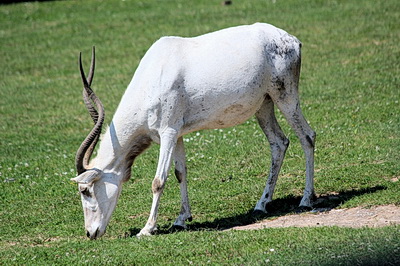
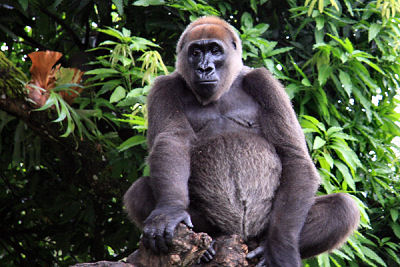 Almost all species of gorillas are vulnerable, but the
Almost all species of gorillas are vulnerable, but the 
